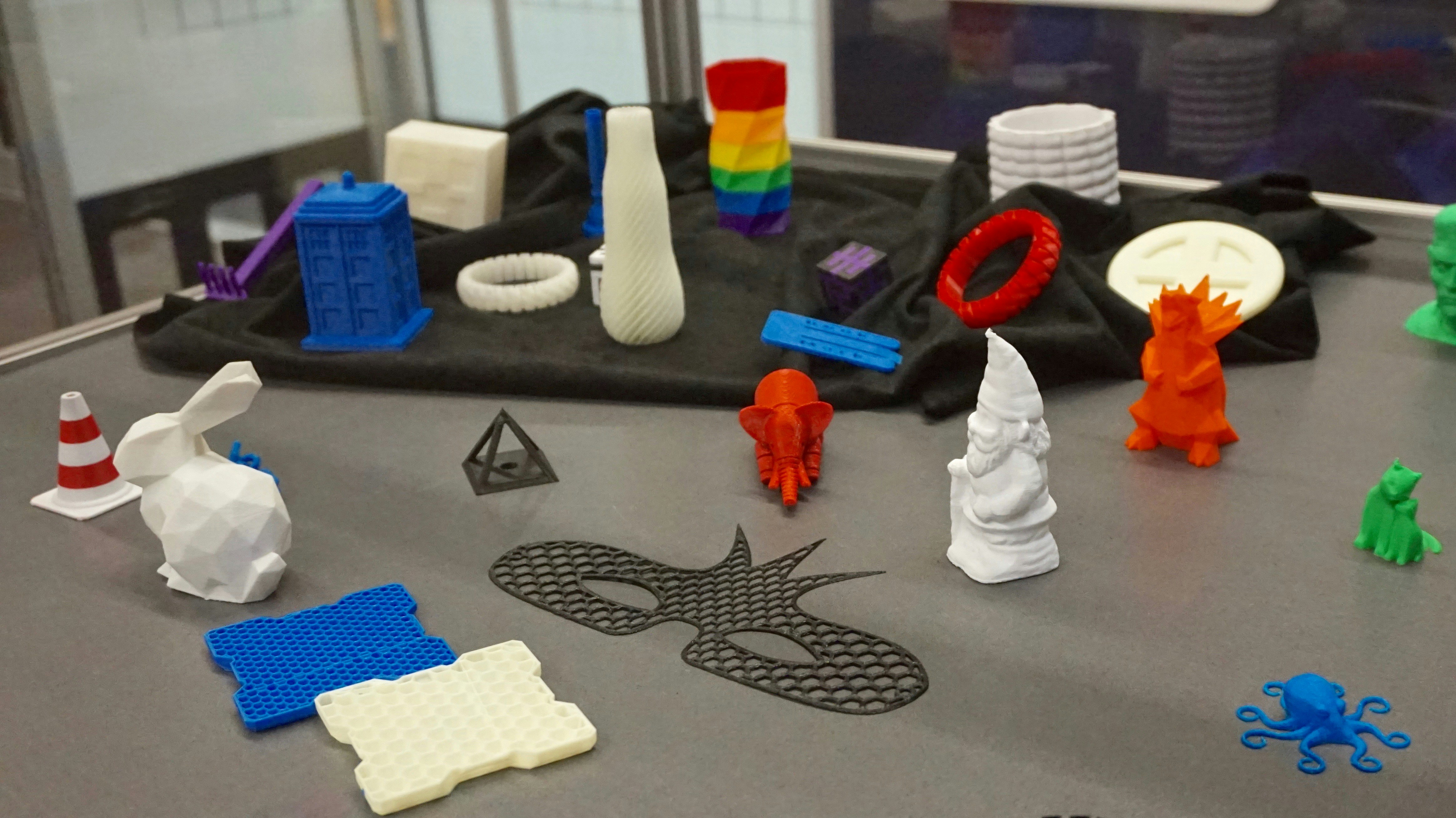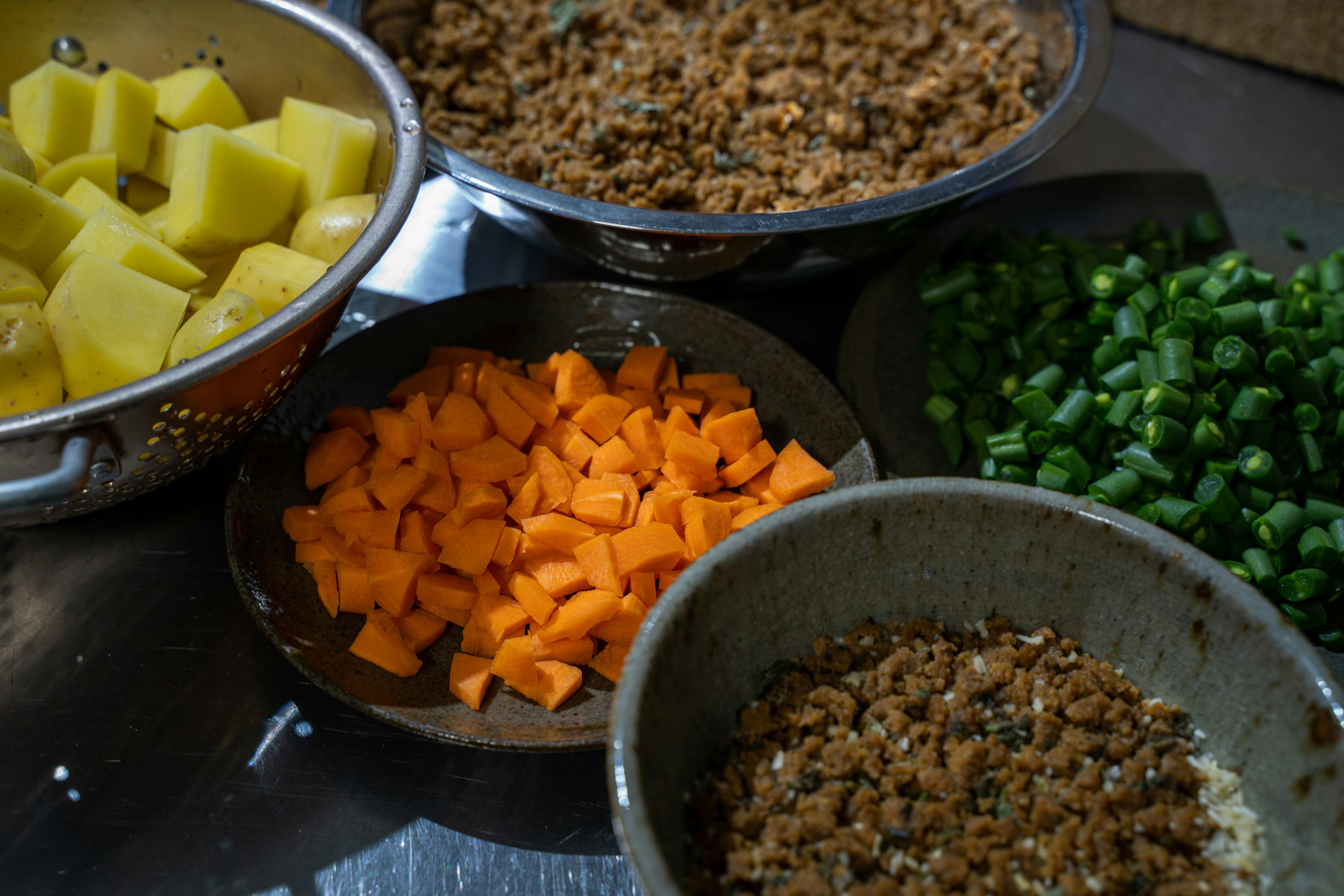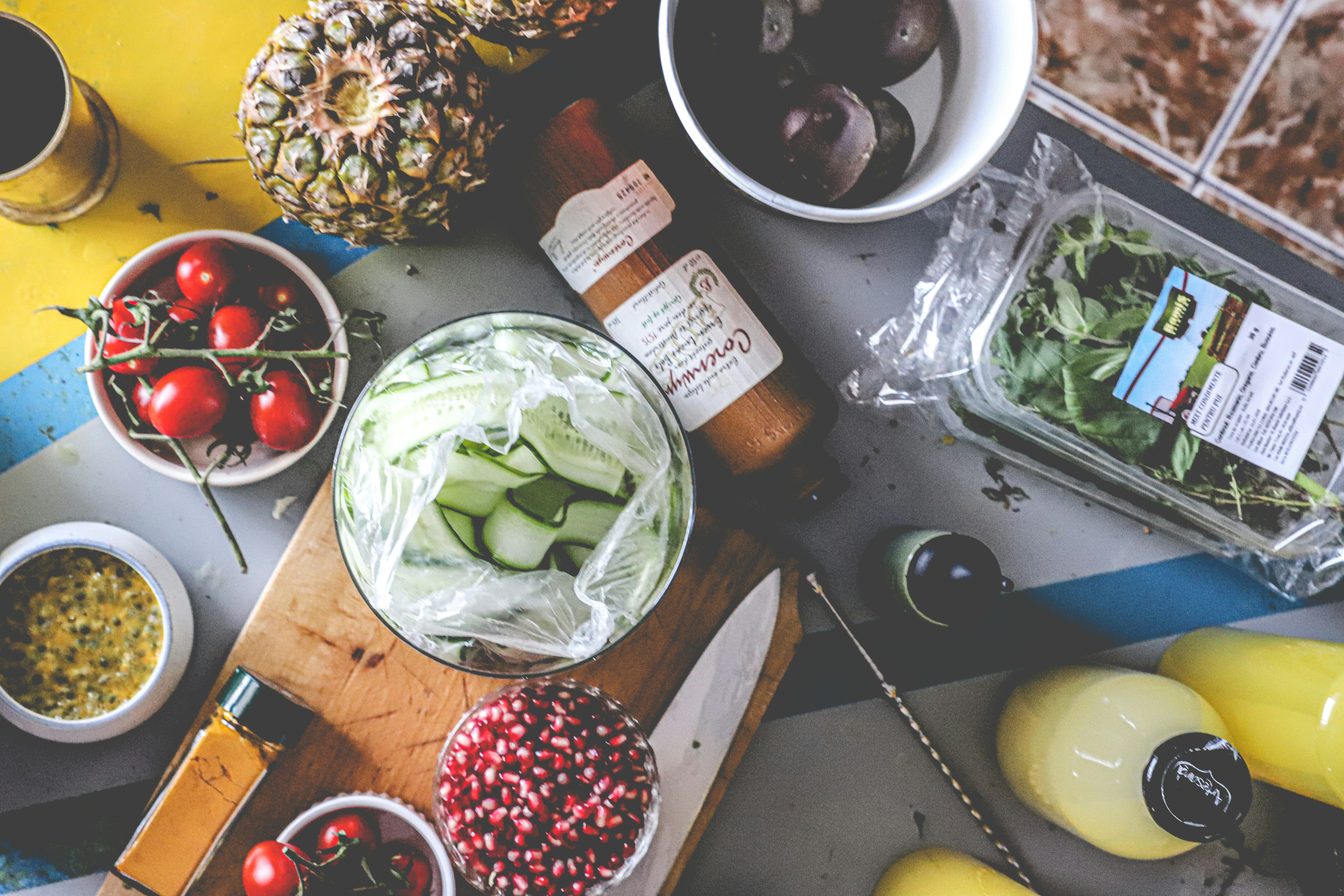Flavorful Futurism: How 3D Printing is Revolutionizing Cooking
In the realm of home cooking, the culinary landscape is set to transform dramatically as technology advances. Imagine using a 3D printer to design your meals, creating shapes and flavors that traditional cooking methods simply can't offer. This futuristic approach combines innovation with the art of cooking, breathing life into the phrase "gourmet at home." As a passionate food writer and cook, I'm excited to share insights into how 3D printing is changing the way we prepare and think about food, the evolving recipe development processes, and practical cooking tips for the home chef eager to embrace this new era.
Understanding 3D Food Printing: A Brief Overview
At the core of this culinary revolution lies 3D food printing, a process that utilizes additive manufacturing to produce food. Unlike conventional cooking, where human hands mold and shape ingredients, 3D printing layers food products to create intricate designs. This method opens up a world of possibilities—from flawless chocolate sculptures to personalized nutrient-dense meals that cater to individual dietary needs.
3D food printers use edible materials, including pureed foods, doughs, and pastes, to create three-dimensional culinary masterpieces. Key players in the industry, such as Foodini and Natural Machines, have introduced products that are making their way into home kitchens, making this innovative technology more accessible than ever.
The Role of 3D Printing in Recipe Development
Customization and Personalization
One of the most exciting aspects of 3D food printing is the potential for customization. Traditional recipes follow set formats, but with 3D printing, home cooks can adapt ingredients based on their preferences or dietary restrictions effortlessly. For instance, if you're looking to create low-calorie versions of your favorite meals, you can modify the ingredients used in your 3D printer.
Moreover, personalization doesn't just stop at dietary needs. Consider crafting a special meal to commemorate a loved one’s birthday by printing their favorite dish in the shape of their favorite animal. The emotional resonance of food is further explored in our article on Culinary Emotion Mapping, showcasing how food thickets memories and unique experiences.
Redefining Aesthetics in Cooking
Another remarkable aspect of 3D printing is its ability to redefine aesthetics in the kitchen. Picture your favorite dessert—a cake shaped like a coral reef or intricately designed pasta resembling leaves. These artistic creations invite not only admiration but also a more engaging dining experience. In the same vein, crafting stunning food presentations can enhance meal value. This concept ties in beautifully with The Sensory Kitchen, where we dive into how presentation elevates taste perception.
Streamlining Food Preparation
In a world where time is a luxury, 3D printing simplifies meal prep by combining several components into a single device. No more peeling, chopping, and mise en place—this technology allows you to print a complete meal flush with flavors while attending to other tasks. The implications for busy families, working professionals, and anyone tired of the time-consuming aspects of cooking are profound.
Practical Cooking Tips for 3D Printing at Home
Investing in the Right Technology
Before embarking on your 3D food printing journey, investing in the right machine is crucial. Models range from compact, affordable versions meant for home use to high-end industrial printers. You'll also want to consider the range of food materials compatible with the printer. Popular choices include India-based 3D printed food maker CocuSocial and ByFlow, designed specifically for home users.
Gathering Your Favorite Recipes
3D printing continues to evolve, leading to various online databases where you can find 3D recipes. Many communities focus on shared culinary creations designed for food printers. You can experiment with familiar recipes, transforming classics into visually stunning, perfectly printed plates.
Make sure to adjust traditional recipes to ensure they accommodate the printer, requiring different ingredient states. For example, creating a great sauce may mean pureeing the ingredients differently for successful printing. If you're eager to explore creativity in cooking, our article on Unlocking Kitchen Alchemy will inspire your innovative culinary projects!
Experimenting with Flavor Combinations
While printing technology handles the design aspect, flavor remains paramount. As a home cook, explore the layers of flavor you can introduce through the printing process. Some printers allow you to mix ingredients, providing an opportunity to create gastronomic surprises. Imagine a savory pastry filled with whipped butternut squash and rosemary foam or a visually appealing gelato printed in vibrant fruit flavors.
Experimenting with ingredients popularly integrated within various cultural cuisines can lead to exciting flavor infusion. For instance, your exploration of herbal covers could be inspired by our piece on Flavor Pairing Alchemy.
The Social Aspect of 3D Food Printing
Cooking Together
While the technology is undeniably intriguing, its true magic often reveals itself when shared with others. Consider hosting a 3D printing dinner party. Choose team-up dishes and assign roles—some guests may operate the printer while others prepare side items in traditional ways. This social experiment can foster a sense of teamwork and creativity.
Combining the tactile experience of cooking with innovative technology can uplift the dinner party atmosphere. While you cook, you can pair the experience with sounds, leading to a more immersive dining experience. You can explore the concept further in Sound of Cooking which explains how sensory elements impact food enjoyment profoundly.
Sharing Experiences
In today’s hyper-connected social landscape, sharing your 3D-victories on social media can spark interest in culinary technology. Show off your creations and invite feedback and suggestions from your online community. Cooking, after all, thrives on shared experiences and learning from others. There are numerous online platforms, forums, and groups dedicated to 3D food printing that can provide you with ideas and support for your culinary experiments.
The Future of Cooking: Embracing Innovative Technologies
Sustainability in Food Creation
As we look to the future, sustainability remains a focal point for many chefs and home cooks alike. 3D food printing technology aligns with this ethos. By utilizing food waste and hydrocolloids, you can create meals that minimize environmental impact. Imagine taking leftover ingredients from last night's dinner and transforming them into a brand new dish. This revolutionary approach emphasizes sustainability while allowing individuals to embrace creativity in a mindful manner.
You can explore this idea further by reading about the synergy between food trends and sustainability in our piece on Culinary Chronicles.
Embracing AI and Predictive Analytics
As we venture further into this culinary future, the role of artificial intelligence will grow. AI algorithms can analyze flavor pairings and help home cooks create new combinations that tantalize the palate. Influential kitchen gadgets, such as smart ovens integrated with 3D printing technology, have the potential to transform the way we prepare meals.
Expect an inflection point where 3D food printing and AI merge, offering real-time assistance during cooking, identifying potential ingredient shortages, and making dynamic adjustments to recipes according to what’s available.
Next Steps: Embarking on Your 3D Printing Culinary Journey
The world of 3D food printing is just beginning to unfold, and as home cooks, we have the unique opportunity to be pioneers in this culinary landscape. If you’re curious—and I hope you are—let’s take the plunge together!
-
Research Your Options: Start by researching different 3D food printers and their functionalities. Determine your budget and goals for incorporating this technology into your kitchen.
-
Experiment and Innovate: Begin by printing simple ingredients or shapes, and don't hesitate to experiment with different textures and flavors. Find inspiration from diverse culinary styles, as explored in Culinary Cartography.
-
Join the Conversation: Engage with the community of 3D printing chefs online. Participate in forums, watch tutorials, and share your creations on social media.
-
Embrace Adventure: Approach each culinary project with an open mind. You’ll learn what works, what doesn't, and everything in between! With each new recipe, you'll redefine your cooking identity.
Final Thoughts
As we stand at the crossroads of culinary tradition and innovation, the advent of 3D food printing represents a tantalizing opportunity for home cooks worldwide. This technology not only invites creativity but also encourages customization and sustainability in our kitchen endeavors. By diving into this futuristic approach, you can open new doors to flavors, designs, and experiences that elevate your cooking game.
Join me in this culinary exploration—who knows what delightful dishes await your creative touch?













